(1175 products available)













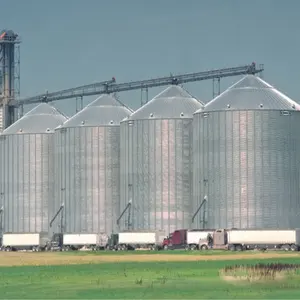

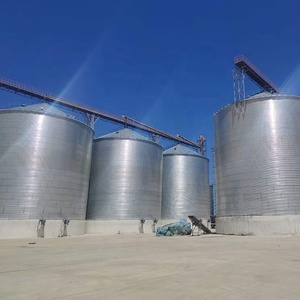









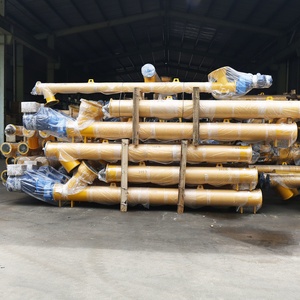

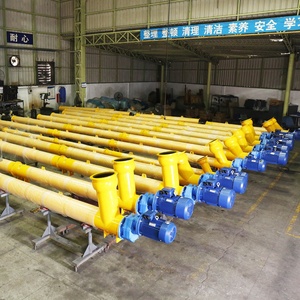


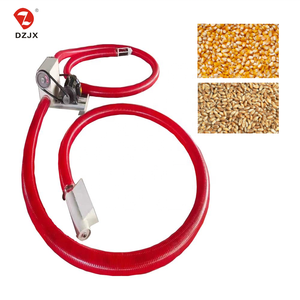
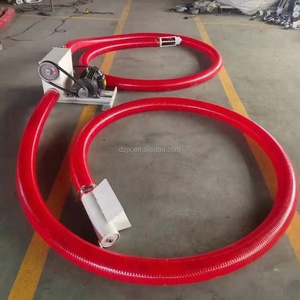

















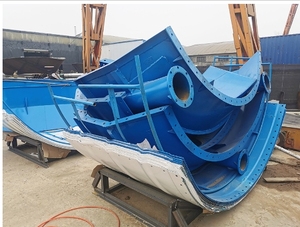


















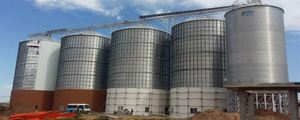









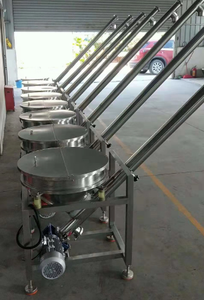
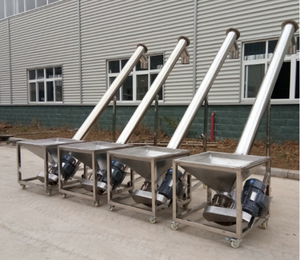


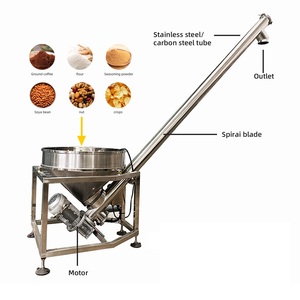













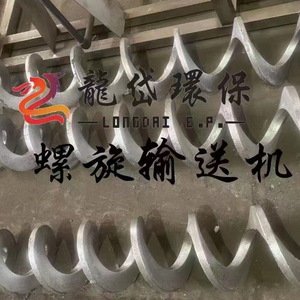







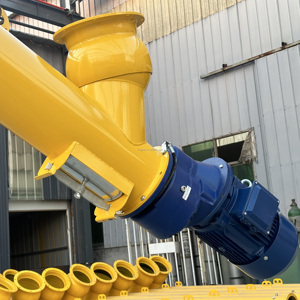






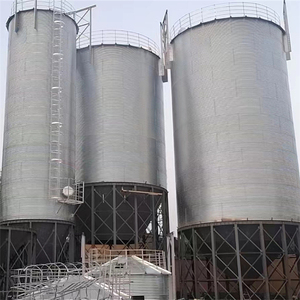




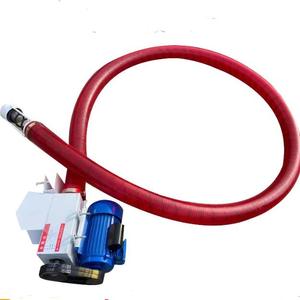


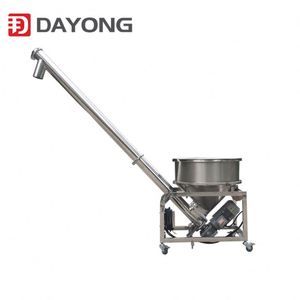

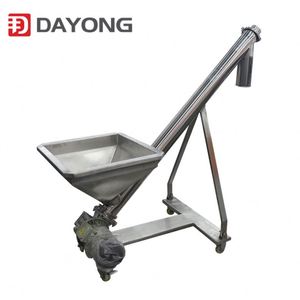


















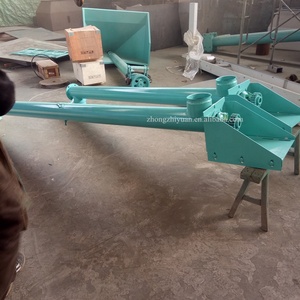
















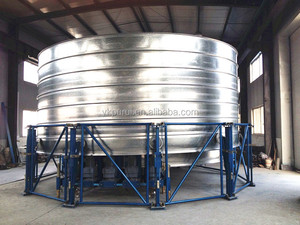












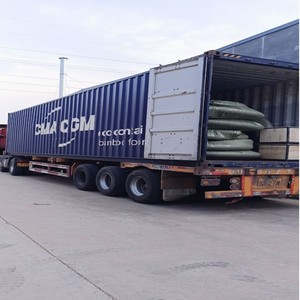







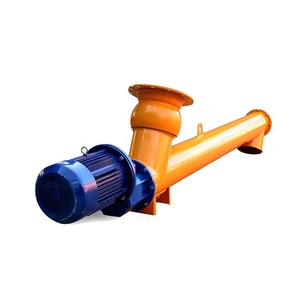

























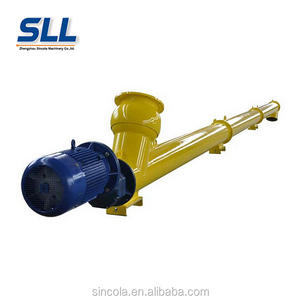

Market Overview: The global market for grain silos, including spiral silos, has demonstrated robust growth, expanding from USD 1.56 billion in 2023 to USD 1.65 billion in 2024. According to 360iResearch™, this market is projected to grow at a compound annual growth rate (CAGR) of 5.48%, reaching an estimated USD 2.27 billion by 2030. The increasing scale of farming operations and the demand for efficient storage solutions have driven this growth, particularly in regions like the U.S. and China. The U.S. market alone was valued at approximately USD 1.0 billion in 2023, with China expected to grow at a remarkable CAGR of 6.4%, indicating a significant shift towards modern storage infrastructure in agriculture.
Industry Insights: The rise in consumer demand for high-quality grain storage solutions has been pivotal in shaping the spiral silo market. Innovations like smart silos equipped with IoT technology are gaining traction, allowing farmers to monitor storage conditions in real-time and optimize their grain management processes. Additionally, advancements in materials have led to the development of more durable and efficient storage solutions, enhancing the appeal of spiral silos. As the global grain trade expands and the emphasis on food security intensifies, the demand for reliable storage systems, including spiral silos, is expected to remain strong. This trend highlights the importance of addressing customer pain points related to grain spoilage and storage efficiency, ensuring the market's continued evolution and growth.
The spiral silo, which is also sometimes referred to as a spiral storage tank, is part of a category of industrial storage containers with a helical or spiral design. These storage solutions are typically tall and narrow, with a spiral-shaped 'floor' that extends inward from the walls. This kind of storage container is especially handy for storing materials that come in bulk, like grains, powder, and pellets, and it is also often used in the food, agriculture, and construction industries.
One of the main advantages of spiral silos is the space they save. Because of their vertical design, they can be easy to fit into places and can store large amounts of material without requiring too much horizontal space. Another benefit is that many silos have a built-in system for managing the flow of materials, which is referred to as discharge regulations. For example, the spiral silo can have an opening at the bottom that is controlled through an electronic system so that the materials can be released according to what is needed at a particular time.
Spiral silos also have the added advantage of being flexible in terms of how materials can be fed in. There are some kinds of silos that have sloped slides or hoppers at the top, which makes it possible for materials to easily make their way into the silo from different kinds of processing facilities or transportation methods.
Furthermore, silos are economical storage options for businesses because they require less equipment for maintenance and often have a long lifespan. Many silos are designed to handle large amounts of material intake and discharge at one time due to the fact that they have a sturdy construction and are built with high-performance materials.
Construction materials used for handling grain are usually heavy-gauge, high-strength, cold-rolled steel. Steel, Portland cement, Limestone, Granulated blast furnace slag, Clinker, Fly ash, and Silica fume form the components of spiral silo material that handles cement and other powdered stuff. The help of high-strength galvanized steel plates, which can fully meet the needs of corrosion resistance and load-bearing requirements, is necessary to build a large cement silo.
The spiral is based on the core, which is itself a structural steel square tube. Cold-rolled steel sheets are mechanically bent and fixed around this structural tube to form a core arrangement that allows material to be held. The use of laser Introduction technology guarantees the design's precision. The tolerance levels for radial tolerance, vertical tolerance, and axial are all less than 5 millimeters. This method thus ensures that the silo is fully designed to resist any internal pressures up to 4.5 kilograms per cubic meter.
It is customary to have a spiral angle or slope at the exit aperture on the discharge mouth part in grain silos. This setup informs the user of the stock of the material inside or of the material filling inside the silo. The exit aperture's diameter is often between 0.75 and 0.9 times the diameter of the top of the silo. For the majority of applications, diameters range from 1 to 36 meters, while heights can reach 70% of the horizontal diameter of the silo. The slopes of the silos vary, but in the case of circular silos, the slope is up to 90 degrees from the horizontal line.
One crucial thing about silo maintenance is looking for signs of corrosion. Generally, humid locations with high temperatures speed up the process of wear and tear. Sometimes refitting of grain conveyors and other areas may have to be undertaken when large amounts of grain are being stored in them to assist in the outflow of static electricity.
The external support structures, like the columns and legs, should also be inspected from time to time. Other aspects of safety that should be looked into are the ladders, climbing structures, safety systems, and access platforms, all of which help maintenance staff access the spirals properly and safely and protect them while they do that.
Industrial Spiral Silos are used to store material such as grain, powder, cement, coal, and pellets. They are popular in the food industry, chemical industry, construction, farming, and mining industry, as they are cost-effective ways to store bulk material.
Spiral Grain Silos are used in the agriculture industry to vertical store harvested crops such as grains, nuts, and seeds. The silo prevents the grain from going bad and protects it from pests and animals. Spiral Silos are popularly used in the cement, chemicals, fertilizers, and mining industries to store material such as limestone, iron ore, coal, and other minerals. They can be connected to production lines to make material flow and processing more efficient. Easy maintenance, good sealing performance, and anti-corrosion features make Spiral Silos a popular choice in the chemical industry for storing corrosive agents and chemicals.
The Spiral Silo has an outlet at the bottom, which makes it easy to dispense stored material. It is popular in the steel and construction industries as an effective way to store various types of cement and building materials. It is a storage solution that takes up minimal space and helps employers manage raw materials efficiently.
When purchasing spiral silos, buyers should get familiar with the types of grains stored in the silo and their unique requirements. Also, buyers should conduct a cost analysis by estimating the long-term maintenance costs. Compare the costs and quality of various suppliers and settle for the one that offers the most value. If purchasing a spiral steel silo for livestock feed or flour, consider the levels of food safety and hygiene regulation that need to be observed. In specific industries like pharmaceuticals or food processing, strict standards are silo requirements.
Also, while a spiral silo's capacity affects its dimensions and design, consider the average quantity of products that need to be stored. Note that daily, monthly, and yearly fluctuations can affect storage needs. Therefore, it is best to have some extra capacity to avoid costly overflows or shortfalls. An unloading mechanism determines how quickly and efficiently stored products can be unloaded from a silo.
When purchasing a spiral silo for storage, remember that the local environment can be a decisive factor. Factors like temperature extremes and seismic activity can affect the choice of material and design. Finally, the assembly and installation process of the spiral silo must be straightforward and smooth. Ideally, the assembly instructions should be clear as well as detailed, and the silo should arrive with all the necessary components.
Q: How does material flow work in spiral silos?
A: Spiral silos use gravity flow or airlift flow. For gravity flow, the feeding point is higher than the discharging point, letting the materials flow down due to gravity. In the airlift flow method, the material is lifted to the top of the silo and let fall, where the base has more air flow to carry the material through.
Q: What is the difference between a spiral silo and a horizontal silo?
A: A silo is a storage facility for bulk materials. A spiral silo has a cylindrical shape with material discharge at the bottom, while a horizontal silo has a rectangular shape with material discharge at the end. Spiral silos are more space efficient because they can store materials vertically. They also have better material flow and less segregation. On the other hand, horizontal silos are easier to access and fill.
Q: What are some materials that can be stored in spiral silos?
A: Spiral silos can store a wide range of materials, such as agricultural products like grains, seeds, and beans. It can also store industrial bulk solids, such as cement, chemicals, coal, fly ash, lime, sand, iron powder, etc. They are also used to store plastic products such as plastic granules and powder. In addition, spiral silos can store minerals such as ore, clinker, and gypsum.
Q: What are the limitations of spiral silos in bulk material storage?
A: Although spiral silos are helpful for storing materials, they also have some drawbacks. The design is not perfect for storing materials that are likely to arch or form rats. They should not be used for keeping fine dry particles alone. Also, once a spiral silo is built, modifying it to add more silos can be very expensive.